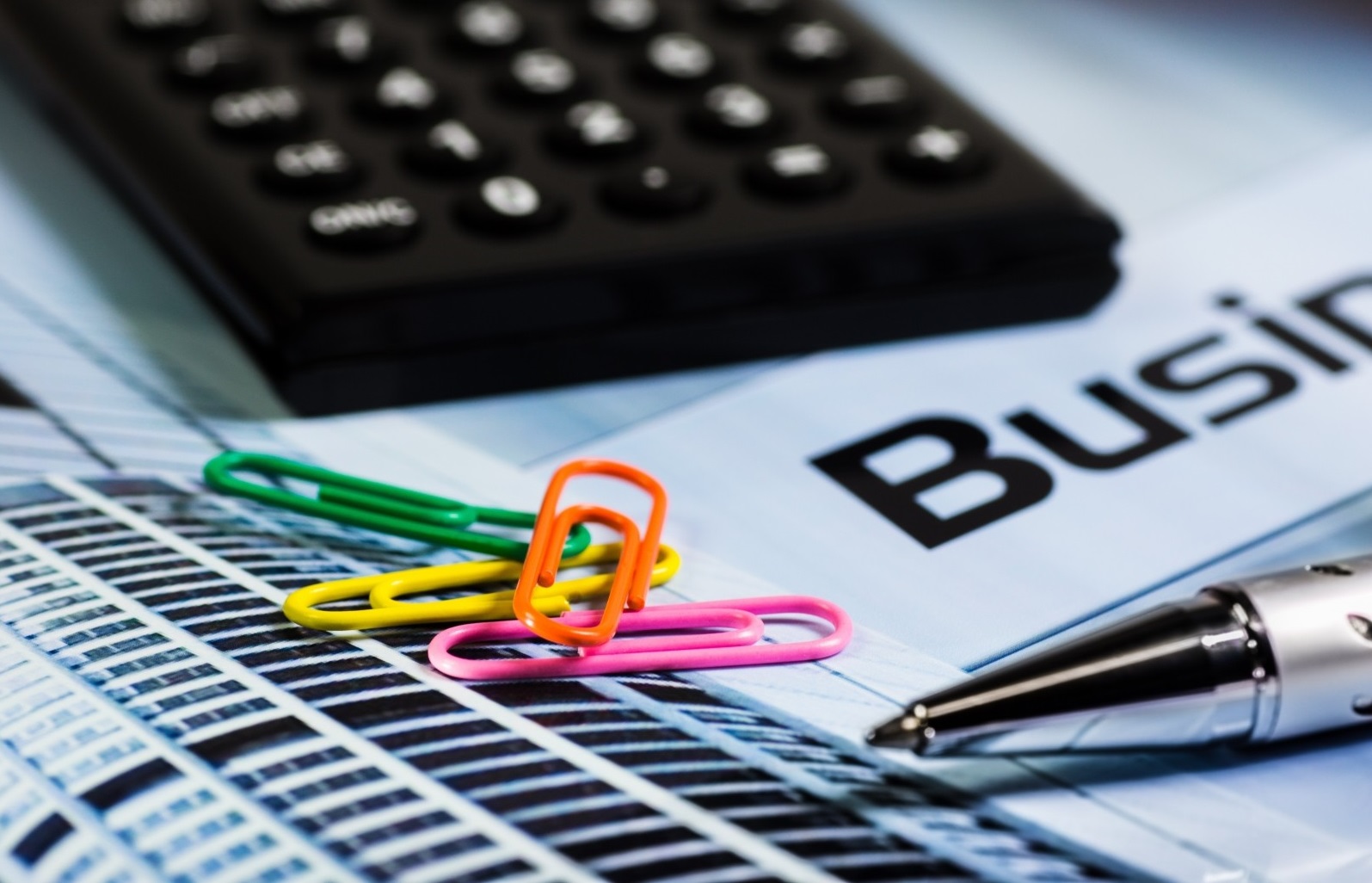
Photo: via VisualHunt.com
Essential Finance – Financial Statements: Appreciating depreciation
In the second of a series of articles about financial reports, Mahmood Reza examines how profit is calculated and unravels the mysteries of depreciation.
Profit and loss statements and balance sheets attempt to reflect the financial impact of activities on organisations. In financial and accounting terms transactions are either revenue or capital. If they are of a revenue nature then they appear in the profit statement, if they are of a capital nature, then they appear in the balance sheet.
The calculation of profit involves the application of one of the key accounting rules known as matching. This states that income and expenses should be included in the period in which they were earned or incurred rather than when the money was paid or received. Imagine a theatre company that prepares its financial statements to March 31 2003. In the last week of its financial year it runs a workshop for which it charges £100 and allows 30 days for payment. The £100 will be included as income in the profit statement for the year to March 31 2003; the amount owing is called a debtor and will be recorded in the company’s balance sheet. If the same theatre company had to hire stage props for the workshop and the cost was (say) £30, with the supplier allowing 30 days for payment, the £30 would be included as an expense in the profit statement for the year to March 31 2003. The amount owing is called a creditor and will be recorded in the theatre company’s balance sheet.
When an organisation purchases a fixed asset, it does so with the intention of long term use to help it earn its income and carry out its work, examples being buildings, furniture, stage scenery, motor vehicles, computer equipment etc. The matching concept requires that the cost of these assets be spread over the length of time these assets will be useful to the organisation. The application of this matching concept is commonly referred to as depreciation. Imagine an organisation that spends £6,000 on buying stage scenery, which is estimated to have a life of three years. Over the next three years the organisation will include in its profit statements an amount for depreciation totalling £6,000. How much it includes in each of those years is a matter of personal choice. It could include £2,000 per annum, or it could include £3,000 in the first year, £2,000 in the second year and £1,000 in the final year. These two methods of calculating depreciation are called straight line (equal amount charged each year) and reducing balance respectively.
A common misconception is that depreciation should not be applied when it comes to buildings, on the grounds that buildings rise in value and thus depreciation should not be included in the profit statements. However, depreciation reflects the costs to an organisation of using the asset over its lifetime, most assets have a finite life and thus depreciation will be calculated. Land is an asset that has an infinite life and therefore would not usually be depreciated.
There are a number of areas in preparing financial statements that require the exercise of judgement and use of estimates. Referring to the examples above, if the theatre company thought that it would not, for whatever reason, collect the £100 from its workshops, then £100 would be included in the profit statement (for March 2003), but would be called a provision for bad debts. Profit would go down and the figure for debtors would reduce. If the stage scenery was thought to last only 2 years then depreciation (using straight-line) would be £3,000 for each year, profit would go down and the figure for assets would reduce.
The actual receipt and payment of cash is irrelevant for the calculation of profit. Organisations can (and do) make profits but stay in debt. Profit is very much a subjective figure; cash to a large extent is factual and represents the lifeblood of any organisation – more about cash flow statements and the management and interpretation of financial statements in the next Essential Finance.
Mahmood Reza is Proprietor of the accountancy practice Pro Active Accounting.
T: 0116 224 7122
E: [email protected]
Join the Discussion
You must be logged in to post a comment.